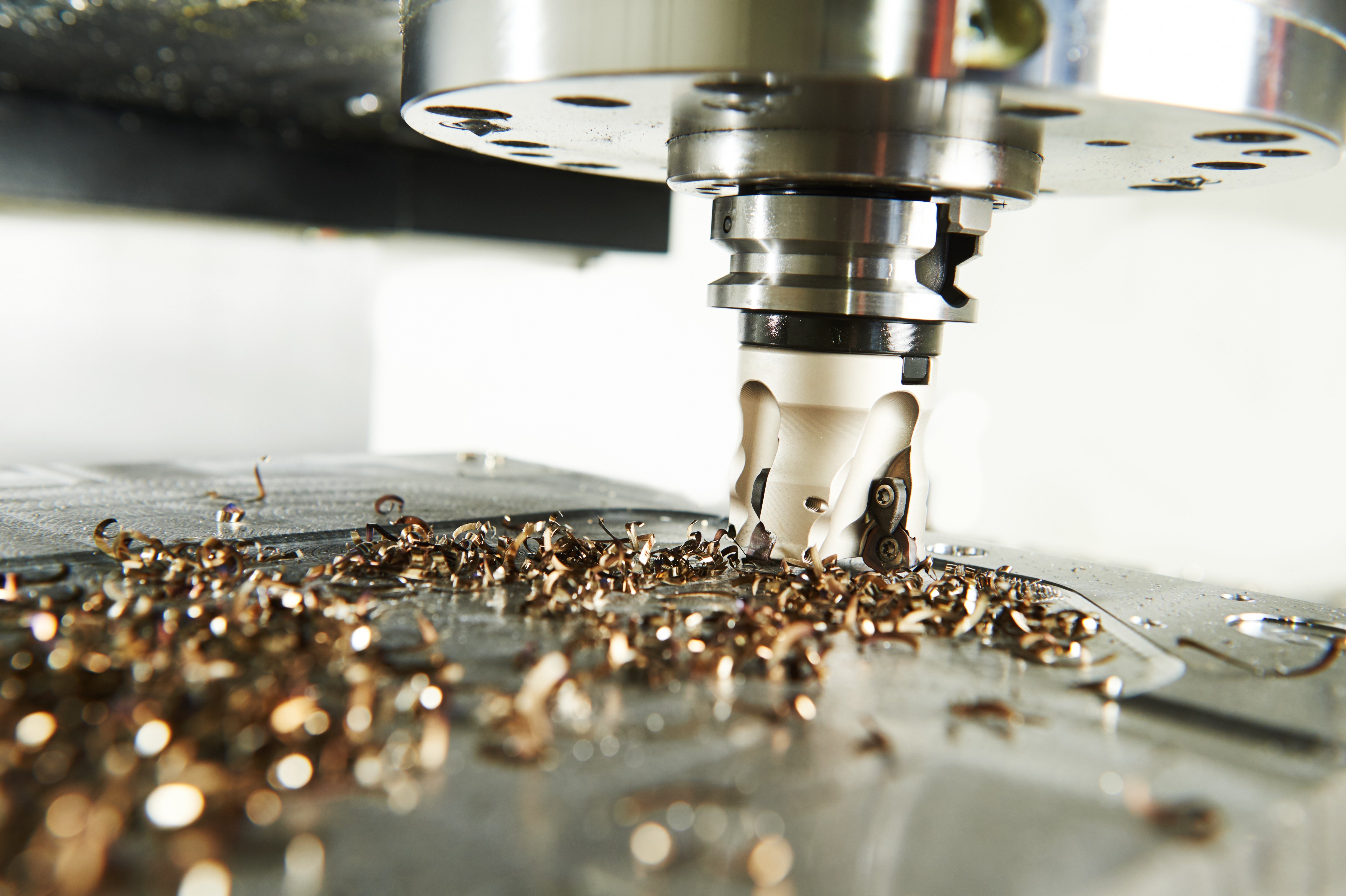Browsing the World of Fasteners and Machining: Techniques for Accuracy and Speed
In the elaborate realm of fasteners and machining, the quest for precision and rate is a perpetual challenge that demands thorough focus to detail and strategic planning. From comprehending the varied selection of fastener types to selecting ideal products that can stand up to extensive demands, each step in the process plays a crucial role in achieving the desired outcome.
Understanding Bolt Kind
When picking bolts for a task, understanding the different types available is vital for making certain optimal performance and reliability. Screws are used with nuts to hold products with each other, while screws are versatile fasteners that can be utilized with or without a nut, depending on the application. Washers are important for distributing the tons of the fastener and avoiding damage to the product being attached.
Selecting the Right Materials
Comprehending the relevance of choosing the right products is extremely important in guaranteeing the optimal performance and reliability of the picked fastener types went over previously. When it comes to fasteners and machining applications, the product selection plays an important role in determining the total stamina, durability, deterioration resistance, and compatibility with the designated atmosphere. Different materials offer varying residential or commercial properties that can considerably impact the performance of the bolts.
Common materials utilized for fasteners consist of steel, stainless steel, brass, aluminum, and titanium, each having its unique staminas and weaknesses. Steel is renowned for its high strength and sturdiness, making it appropriate for a wide variety of applications. Picking the appropriate product involves taking into consideration variables such as stamina demands, environmental conditions, and budget plan restrictions to make certain the wanted efficiency and durability of the bolts.
Accuracy Machining Techniques

In addition to CNC machining, other accuracy methods like grinding, turning, milling, and drilling play vital functions in fastener production. Grinding helps achieve great surface area coatings and tight dimensional resistances, while transforming is useful link often made use of to develop round parts with specific sizes. Milling and drilling operations are vital for shaping and creating openings in fasteners, guaranteeing they meet precise specifications and function correctly.
Enhancing Speed and Effectiveness
To optimize bolt production processes, it is vital to enhance operations and execute efficient strategies that enhance precision machining strategies. One key strategy for improving speed and performance is the execution of lean production concepts. By minimizing waste and focusing on constant improvement, lean methods assist enhance and get rid of bottlenecks workflow. Furthermore, purchasing automation technologies can dramatically enhance production rate. Automated systems can manage recurring tasks with accuracy and rate, allowing workers to our website concentrate on more complex and value-added tasks. Embracing Just-In-Time (JIT) stock monitoring can also improve effectiveness by making sure that the ideal products are readily available at the appropriate time, decreasing excess inventory and decreasing lead times. Fostering a society of cooperation and communication amongst team participants can enhance overall efficiency by promoting openness, problem-solving, and development. By integrating these approaches, suppliers can accomplish a balance in between speed and accuracy, inevitably boosting their affordable side in the bolt market.
Quality Assurance Steps
Executing rigorous high quality control procedures is important in guaranteeing the integrity and uniformity of fastener products in the production procedure. Fasteners and Machining. Quality control procedures encompass numerous phases, starting from the selection of raw materials to the last inspection of the ended up bolts. This includes examining elements such as material composition, durability, and stamina to guarantee that the fasteners meet market requirements.
Routine calibration of equipment and equipment is vital to keep uniformity in production and ensure that fasteners satisfy the required tolerances. Applying stringent procedures for determining and addressing problems or non-conformities is crucial in preventing substandard items from entering the market. By establishing an extensive high quality control structure, producers can maintain the credibility of their brand and supply fasteners that fulfill the highest possible criteria of performance and durability.
Verdict

In the detailed world of bolts and machining, the quest for accuracy and rate is a perpetual obstacle that requires meticulous attention to information and tactical planning. When it comes to fasteners and machining applications, the product Web Site option plays a critical duty in figuring out the overall strength, longevity, corrosion resistance, and compatibility with the intended atmosphere. Precision machining includes numerous sophisticated methods that ensure the tight tolerances and requirements needed for bolts.In addition to CNC machining, other accuracy strategies like grinding, transforming, milling, and exploration play crucial duties in bolt production.To maximize bolt production procedures, it is vital to simplify operations and implement reliable techniques that complement accuracy machining methods.